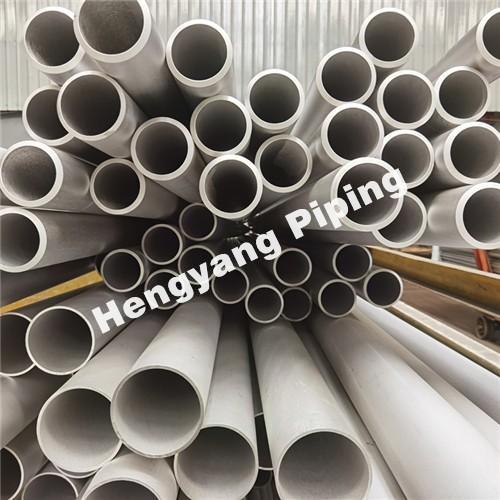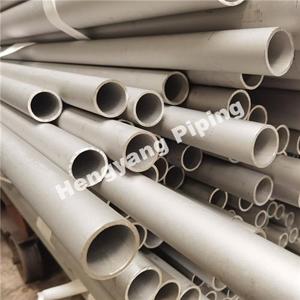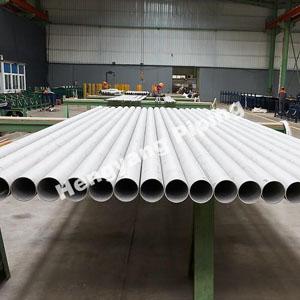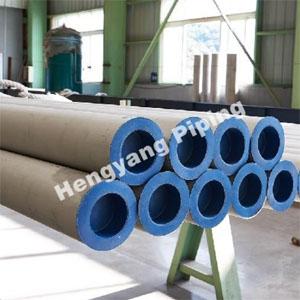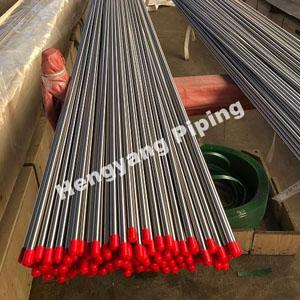Basic Comparison Between SS 316 and Duplex Stainless Steel
Are you seeking to discern the distinctions between SS 316 and Duplex Stainless Steel? Before delving into the specifics of these steels, it's essential to grasp the concept of stainless steel and the reasons behind its various types.
Stainless steel is the collective term for steel known for its corrosion resistance. While there are several variations, all types of stainless steel share a common feature of containing a low amount of chromium. Stainless steel is categorized into different types, such as Ferritic, Austenitic, Martensitic, and Duplex. Focusing on SS 316 and Duplex in this discussion, each possesses unique qualities, making them suitable for a wide range of applications across various industries.
SS316 belongs to the austenitic stainless steel, renowned for its 2-3% molybdenum content. The inclusion of molybdenum enhances the metal's strength, providing resistance to corrosion and elevated temperatures.
Duplex Stainless Steel exhibits a two-phase microstructure, comprising a ferritic grain and a solid solution stainless steel. Due to its ability to cool to a certain temperature, half of the ferritic grains transform into austenitic grains. When duplex steel undergoes melting, it solidifies from the liquid state to the ferritic phase.
Difference Between SS316 & Duplex Steel
1. Duplex stainless steel features a lower level of nickel and molybdenum that creates it budget-friendly.
2. As compared to SS316, duplex alloys have more resistance to chloride stress corrosion cracking.
3. Duplex steel is more robust than austenitic or SS316 grades. It also provides formability struggling and excellent hardiness.
4. Another difference between SS316 and duplex stainless steel is SS316 contains 18% chromium and eight nickel whereas, Duplex contains 18-28% of chromium and 4.5-8% of nickel or austenitic.
How it Relates to Energy Industries?
Stainless steel boasts numerous advantageous properties crucial to the power and energy sectors. One of its standout features is its exceptional corrosion resistance, making it indispensable in various environmental conditions within this industry. Additionally, stainless steel proves highly beneficial in the realm of power energy due to its capability to efficiently transfer heat when handling electrical components, even under conditions of high temperatures and extreme pressure.
From traditional coal enterprises to the burgeoning renewable energy sector, stainless steel finds widespread application. It earns designations such as transformer enclosures, pressure tubes, heat exchangers, and more, underlining its versatility across diverse energy applications. For further insights into the myriad types of stainless steel, feel free to contact us.
For More Details on Basic comparison between SS and duplex Stainless Steel contact us.
